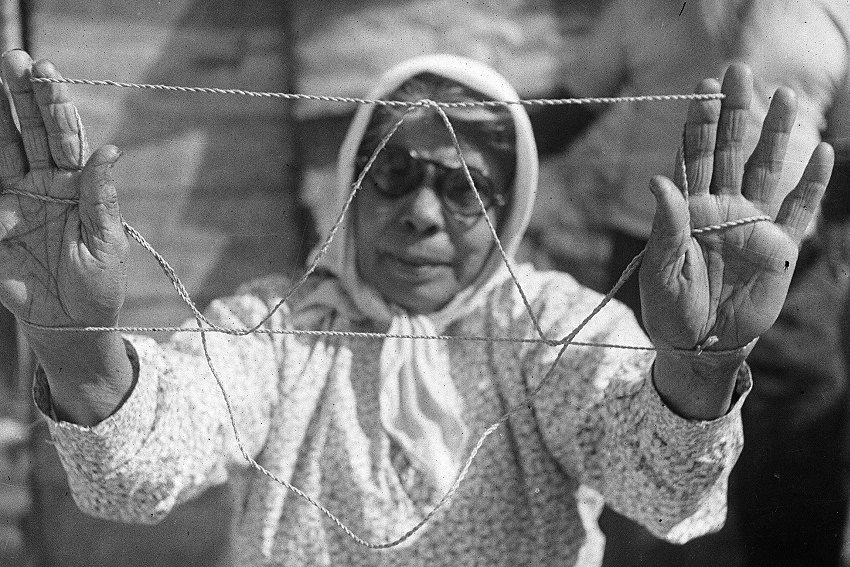Adnyamathanha community reclaim 1930s museum photography to tell their own stories

In the 1930s, South Australian Museum curator Charles C. Mountford set off to the Flinders Ranges to document the ‘dying culture’ of its Indigenous peoples. Decades later, new exhibition Minaaka Apinhanga: Through Many Eyes sees the Adnyamathanha community of South Australia’s mid-north not only very much alive, but reclaiming those images to tell their own stories.
“Charles Mountford was a curator at the South Australian Museum in the 1930s,” South Australian Museum early career researcher and exhibition curator Rebecca Richards explains. “But for some reason all his papers and photos ended up in the State Library, while all the objects are at the Museum – so it was a good opportunity I think to reunite those collections.”
The black and white images taken between 1937 and 1939 have become a vital resource for the Adnyamathanha community today, but Mountford set out with quite different expectations. “He actually went out to the Flinders Ranges in order to salvage the remnants of a ‘dying culture’ – the ‘dying race’ theory, and evidence of cultural degradation,” Richards explains.
“What he found was a lot of Adnyamathanha people going about and adopting and using western culture on their own terms. You’ll have a donkey buggy made out of an old car, or stockmen who were actually Adnyamathanha people, [and] were pivotal in creating the original R.M. Williams boots and workwear.

“He recognises that in these writings, this tension that he came expecting one thing and found something quite different, especially when he went to this Christmas celebration, Adnyamathanha people celebrating Christmas, but also in their own style.”
From August 4, Minaaka Apinhanga: Through Many Eyes brings that process full circle as Richards and Adnyamathanha artists recontextualise and respond to these photographs, not as an outsider’s documentation of a moment in time but as an ongoing link between past and present. “I come at this because I’m an Adnyamathanha woman myself, and I’d seen these pictures long before I’d ever set foot in a museum,” Richards says. “And that’s similar to a lot of Adnyamathanha people.
“[Adnyamathanha people] are actually looking at them and saying, ‘Wow these are beautiful photos’, and ‘Can I get this one, can I get that one, this is my grandmother, this is my great-grandmother’. When you show them a photo they might sing you a song, or draw you a genealogy of how they’re related, or bring in their grandchildren to have a look.
“I think these photos are a conduit really to be able to help Elders tell their stories. I think with words, sometimes it’s more of a blunt instrument, but with photos we can look back and find new histories in them. We can find Adnyamathanha voices in these photos.”

For Richards, who was Australia’s first Aboriginal Rhodes Scholar, 2012 Young Australian of the Year (South Australia) and is currently completing a PhD in Anthropology at the University of Adelaide, working at the South Australian Museum is an opportunity to help her own community and others tell their stories, while contributing to a diversity of First Nations voices and perspectives in institutions that historically have not always prioritised the agency of Aboriginal and Torres Strait Island peoples.
“It’s really interesting that a lot of Aboriginal people are going into things like archaeology and anthropology, academia and history, and seeing it not just as a job, but as advocacy,” Richards reflects. “For me personally I find working in anthropology and curating is an extension of cultural practice – of what my ancestors would do.”
Minaaka Apinhanga: Through Many Eyes
South Australian Museum August 4 – September 22
The Adelaide Review is a media partner of the South Australian Museum
Header image:
Suzie Noble making string figures (Photo: South Australian Museum Archives)